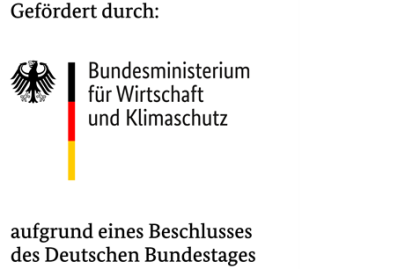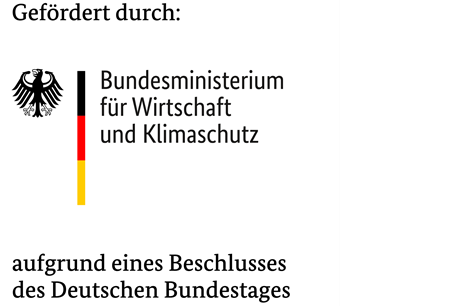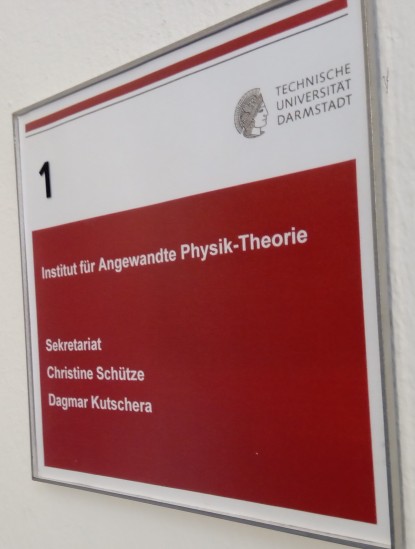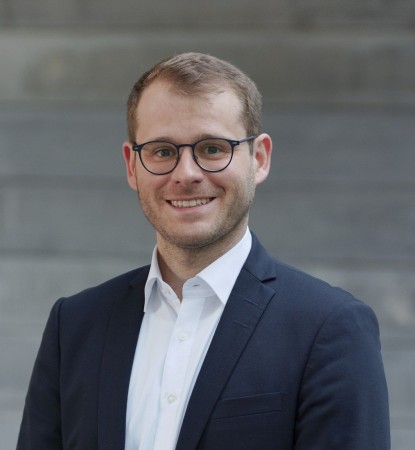Quantum Gases in Microgravity (QUANTengase Unter Schwerelosigkeit, QUANTUS+)


The project QUANTUS+ is the next building block to the long-standing efforts of the German Aerospace Center to study the dynamics, manipulation and interferometric applications of quantum gases. Previous QUANTUS projects and its currently ongoing sister project BECCAL have pioneered the development of atomic sensors on microgravity platforms. For example, quantum gases and atom interferometers have been generated in the drop tower in Bremen and on board a sounding rocket (MAIUS), and a platform for the International Space Station is currently under development (BECCAL). In QUANTUS+ these techniques are continued and extended. In particular, novel beam splitters for atoms, special interferometer geometries, guided interferometers, and matter waves in relativistic regimes are at the focus of the project.
The Theoretical Quantum Optics group contributes to all these topics and coordinates efforts on tunnel-based and guided atom interferometry. In contrast to conventional light-pulse atom interferometers, where the beam splitters and mirrors are generated by diffraction, quantum tunneling through optical barriers is investigated. Such potentials are also suitable as waveguides. These, in turn, enable the design of robust sensors with increased interrogation time and sensitivity without scaling the overall setup. The combination of guided with tunnel-based interferometers and accelerometers in compact designs may become of particular importance for microgravity applications.
Funding
The QUANTUS+ project was supported by the German Aerospace Center (Deutsches Zentrum für Luft- und Raumfahrt, DLR) with funds provided by the Federal Ministry for Economic Affairs and Climate Action (Bundesministerium für Wirtschaft und Klimaschutz, BMWK) due to an enactment of the German Bundestag under grant no. 50WM2250E (QUANTUS+).




